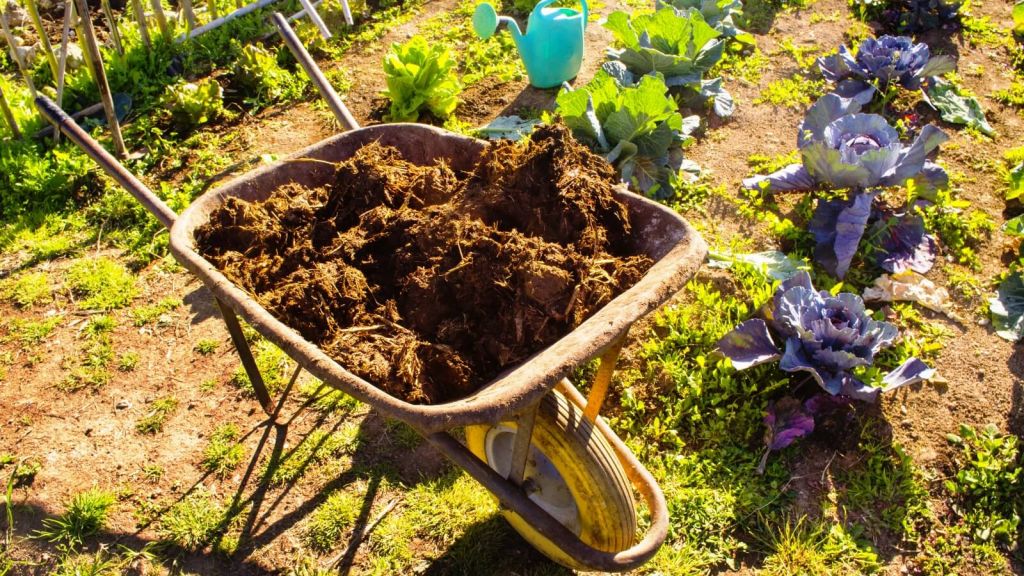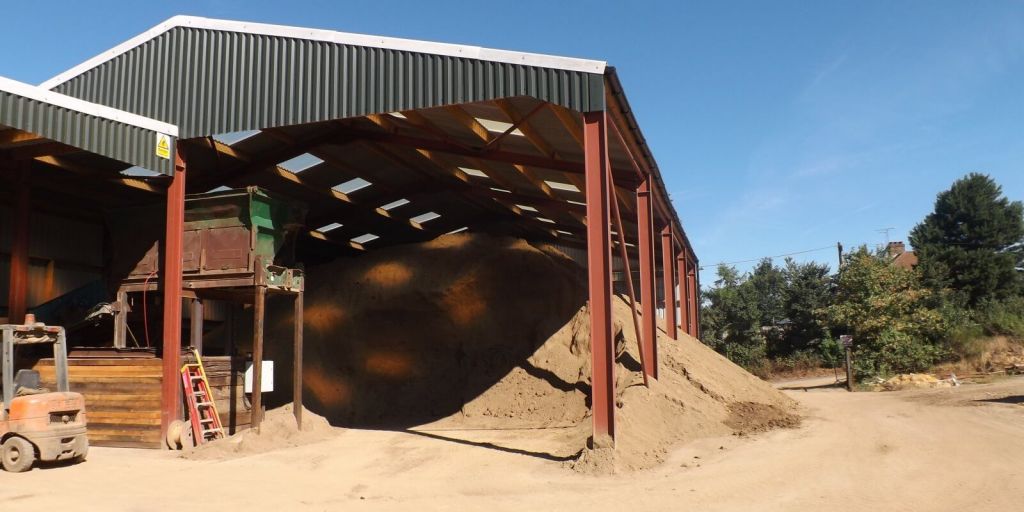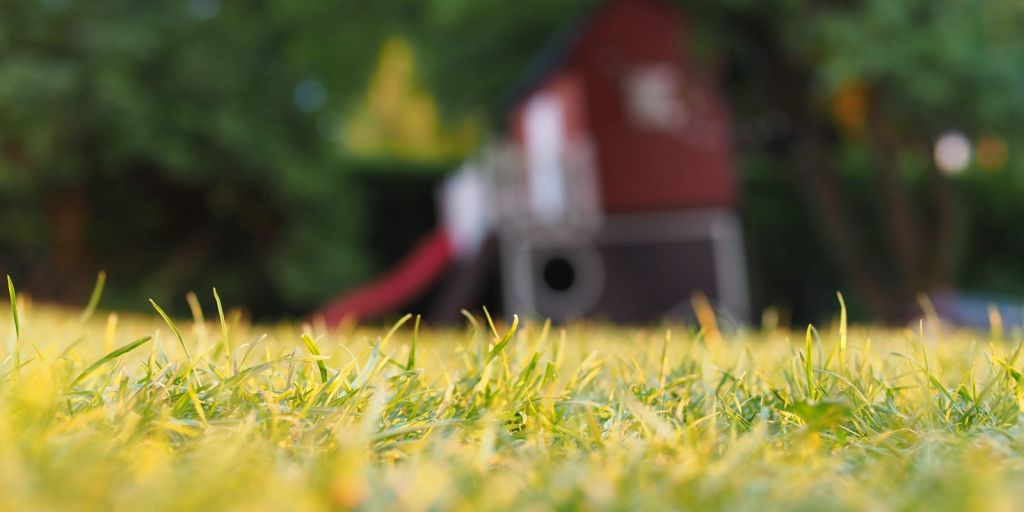Gardenscape had the pleasure of donating and delivering some play area pine bark to Sissinghurst VA Church of England Primary School. The Lion Class got its mud kitchen and bug hunt area filled up again - the last delivery was seven years ago so it's not surprising most of it had disintegrated. Here you can see a much improved kitchen area - safe and fun again.
" I have a very happy class of children who can now use our mud kitchen and bug hunting area once more" said Mrs K. Lyon from the school staff – we are very happy to have been able to help!
As the evenings draw in and temperatures fall, now is the time to think of - manure!
To give next year's vegetables the best possible start in life, order a load of composted manure. Then, once you have cleared the vegetable bed and the soil temperature has fallen to winter levels (probably in November or so - depends on the weather of course) spread a layer of about 6 inches thickness all over the bed and just leave it over the winter. The manure will slowly settle in to the soil, so that, when it is workable again in spring, you can easily dig it in and then plant your vegetables.
It is important to wait until the temperatures have dropped though, otherwise the nutrients will leach away before they have a chance to get absorbed by the soil.
Apart from the nutrient value of organic matter like manure, it also acts as a mulch and holds down the weeds - at least for a while. But weeding the vegetable patch is a task that will never fully go away!
Our new office block has come into being, thanks to some spectacular teamwork by a Yorkshire haulage firm and a Kentish crane operator. As you can see from the picture above, the units fit right into the environment... well, they will do when the works surrounding them are finished. There will also be some interior changes and upgrading to be done, so it may be a little while before we can make full use of the extra space becoming available. Watch this space!





